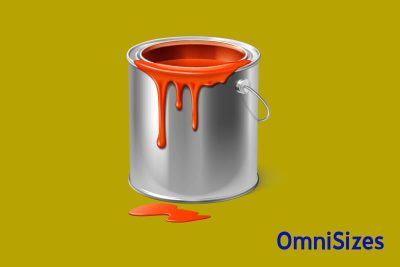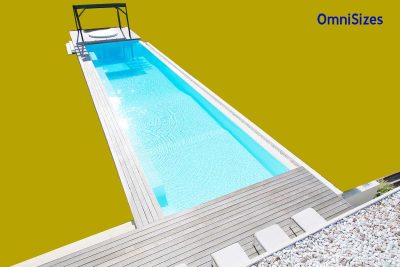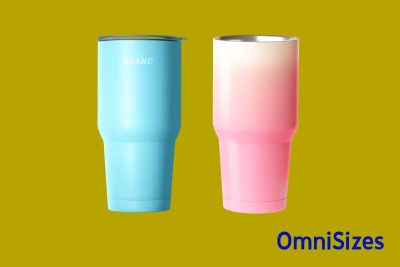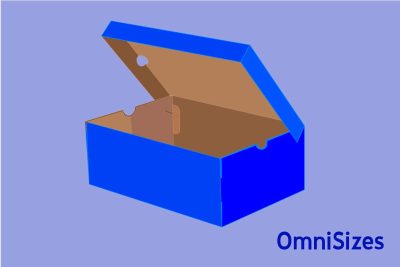Paint cans are available in several sizes, the most common being quart (0.95 liters), gallon (3.79 liters), and five-gallon (18.93 liters) containers. The “best” paint can size corresponds to different project scales.
Trash can sizes range from under 3 gallons to 20 gallons and beyond, with 13 gallons being the most common option. Size matters because it determines how often the bin needs emptying and its suitability for different spaces. Large sizes are ideal for busy areas, while compact ones suit smaller spaces.
The current dimensions of the US dollar bill are 6.14 × 2.61 inches (15.6 × 6.63 cm). Historically, dollar bills were larger; the series issued before 1929 measured approximately 7.375 × 3.125 inches (18.7325 × 7.9375 cm).
Lap pools typically range from 10 to 50 feet in length (3.05 to 15.24 m) and 6 to 10 feet in width (1.83 to 3.05 m). The amount of available space should dictate how large or small to make your home lap pool.
The standard napkin size is typically 15 × 15 inches (38.1 × 38.1 cm). Variations include cocktail napkins at 10 × 10 inches (25.4 × 25.4 cm) and luncheon napkins at 18 × 18 inches (45.72 × 45.72 cm).
Common tumbler sizes range from small 8-ounce (2.5 × 3.5 inches) to medium 16-ounce (3.0 × 6.0 inches), and large 24-ounce sizes (3.5 × 7.5 inches). While larger tumblers can hold more, finding a spot to for them in your car or bike can be troublesome.
Hay bales are often seen dotting fields or stacked in barns in rural landscapes. Hay bale dimensions play a significant role in agricultural practices, from feeding livestock to transportation and storage.
The most common shoe box sizes for different types of footwear are typically 14 × 10 × 5 inches for men’s shoes, 13 × 7.5 × 4 inches for women’s shoes, and 9 × 6 × 3 inches for children’s shoes, with slight variations based on the type and style of the shoe.







